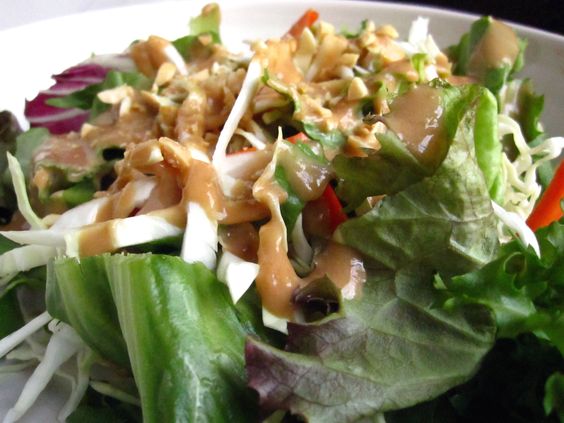You love salad so, What you use in Salad
A bowl of good salad can just be the nicest thing you can have any given time of the day - yes, healthiest too! Provided, it is assembled this way: flavorful, rich in textures, with fresh vegetable cuts, lots of crisp greens, crunchy fruit slices and sprouts peeking here and there. To make it more mouth-watering you add some nuts, seeds, eggs, tofu or beans. This you drizzle with choice dressings and what have you got? Now, that's the question!
What really is in your salad?
Let's take a look at some of the most popular salads' contents
Coleslaw Salad
The thin strips of cabbage and shredded carrots make a powerhouse combination. However, when using regular mayonnaise, the typical dressing used in this preparation, you reduce the health benefits provided by the vegetables. The calorie count per serving could total 260. Instead of mayonnaise, you may use low-fat yoghurt.
Caesar Salad
This salad has earned a spiteful standing, health-wise, because of the fat and calories coming from some of its primary flavor adders, parmesan cheese and creamy dressings. For each 100 grams serving, its calorie count could reach 500 and fats of 40 g. If you wish to continue enjoying Caesar salad, guilt-free, use fresh lemon juice and extra virgin olive oil for dressing. Top it with finely chopped garlic for added flavor. A tablespoon of parmesan cheese then will not hurt.
Waldorf Salad
During apple season, what better way to celebrate it than to have a bowl of nicely prepared Waldorf salad? But then again, you might hold a bit back seeing that it contains mayonnaise giving you a calorie count of 195 and 18 grams of fat per serving of 100 grams. Counter that by using fat-free Greek yogurt as substitute for mayo then add some chopped roasted walnut for intense flavor. Walnuts are rich in healthy fats that help reduce bad cholesterol levels.
Greek Salad
Probably the only thing that would be contrary to the health benefits of this salad is the fat and sodium content of the cheese you add to it. Go easy on that particular ingredient so that you cut down the fat from 10g to 3g per serving. Spinach, a staple addition, is iron and calcium rich but your body may not absorb it all because of its oxalic acid. What will help counter this is vitamin c from oranges or drops of lemon juice blended in aside from what you get from tomatoes which also gives you vitamin A. For stronger heart, throwing in lots of olives which is a good source of monounsaturated fatty acid, does it! Calorie count per small bowl is 90.
What really is in your salad?
Let's take a look at some of the most popular salads' contents
Coleslaw Salad
The thin strips of cabbage and shredded carrots make a powerhouse combination. However, when using regular mayonnaise, the typical dressing used in this preparation, you reduce the health benefits provided by the vegetables. The calorie count per serving could total 260. Instead of mayonnaise, you may use low-fat yoghurt.
Caesar Salad
This salad has earned a spiteful standing, health-wise, because of the fat and calories coming from some of its primary flavor adders, parmesan cheese and creamy dressings. For each 100 grams serving, its calorie count could reach 500 and fats of 40 g. If you wish to continue enjoying Caesar salad, guilt-free, use fresh lemon juice and extra virgin olive oil for dressing. Top it with finely chopped garlic for added flavor. A tablespoon of parmesan cheese then will not hurt.
Waldorf Salad
During apple season, what better way to celebrate it than to have a bowl of nicely prepared Waldorf salad? But then again, you might hold a bit back seeing that it contains mayonnaise giving you a calorie count of 195 and 18 grams of fat per serving of 100 grams. Counter that by using fat-free Greek yogurt as substitute for mayo then add some chopped roasted walnut for intense flavor. Walnuts are rich in healthy fats that help reduce bad cholesterol levels.
Greek Salad
Probably the only thing that would be contrary to the health benefits of this salad is the fat and sodium content of the cheese you add to it. Go easy on that particular ingredient so that you cut down the fat from 10g to 3g per serving. Spinach, a staple addition, is iron and calcium rich but your body may not absorb it all because of its oxalic acid. What will help counter this is vitamin c from oranges or drops of lemon juice blended in aside from what you get from tomatoes which also gives you vitamin A. For stronger heart, throwing in lots of olives which is a good source of monounsaturated fatty acid, does it! Calorie count per small bowl is 90.



Comments
Post a Comment